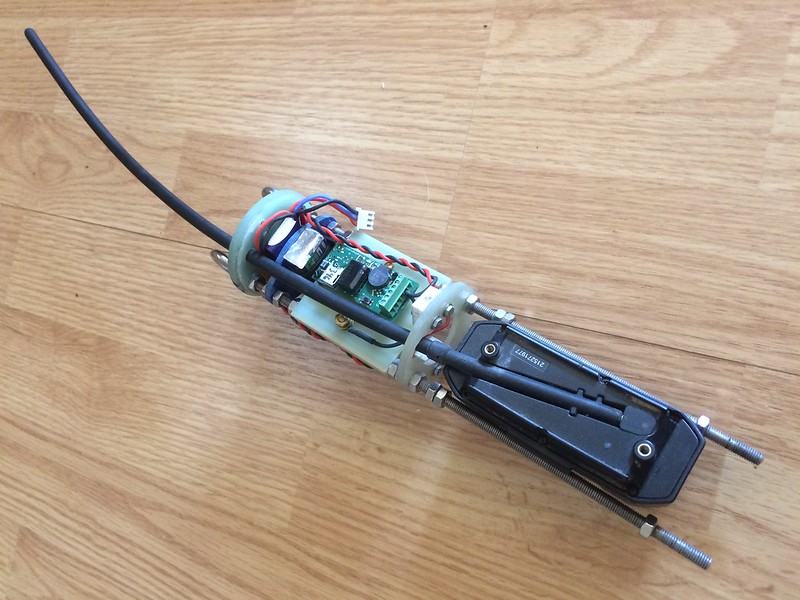boatgeek
Well-Known Member
- Joined
- Dec 27, 2014
- Messages
- 7,382
- Reaction score
- 7,899
I've used Eggfinder TX and Mini plus BRB900 for flights to 14,000' AGL. IMHO:
There's not much reason to buy the TX [edit] unless you want to replace the antenna with a higher performance antenna[/edit]. The Mini works just as well, has a smaller footprint, and a more robust antenna straight out of the box. Assembly is not particularly hard, just get a decent to good temperature-controlled soldering station. I spent $40 or so on one from an online speaker builder site. I'm sure it's not as good as it could be, but it works fine. One feature you might look for is some means of notification (blinky light or whatever) that your iron is up to temperature. The base Eggfinder RX has two main features--tells you where your rocket is and (if you push a few buttons at the pad) how far and what bearing from the pad. There's an upgrade to the Eggfinder RX that directs you to your rocket, but I haven't used it.
The BRB is a little more expensive, but the transmit unit is completely self-contained with a battery. It's awfully nice to be able to wrap it in bubble wrap, stuff it into a hole in the nose cone shoulder, and go fly. No sleds required unless you want to build one. The ground station is basically the same data as the base Eggfinder RX but it only gives position info. That can be typed into a phone or separate GPS unit.
There's not much reason to buy the TX [edit] unless you want to replace the antenna with a higher performance antenna[/edit]. The Mini works just as well, has a smaller footprint, and a more robust antenna straight out of the box. Assembly is not particularly hard, just get a decent to good temperature-controlled soldering station. I spent $40 or so on one from an online speaker builder site. I'm sure it's not as good as it could be, but it works fine. One feature you might look for is some means of notification (blinky light or whatever) that your iron is up to temperature. The base Eggfinder RX has two main features--tells you where your rocket is and (if you push a few buttons at the pad) how far and what bearing from the pad. There's an upgrade to the Eggfinder RX that directs you to your rocket, but I haven't used it.
The BRB is a little more expensive, but the transmit unit is completely self-contained with a battery. It's awfully nice to be able to wrap it in bubble wrap, stuff it into a hole in the nose cone shoulder, and go fly. No sleds required unless you want to build one. The ground station is basically the same data as the base Eggfinder RX but it only gives position info. That can be typed into a phone or separate GPS unit.
Last edited:




